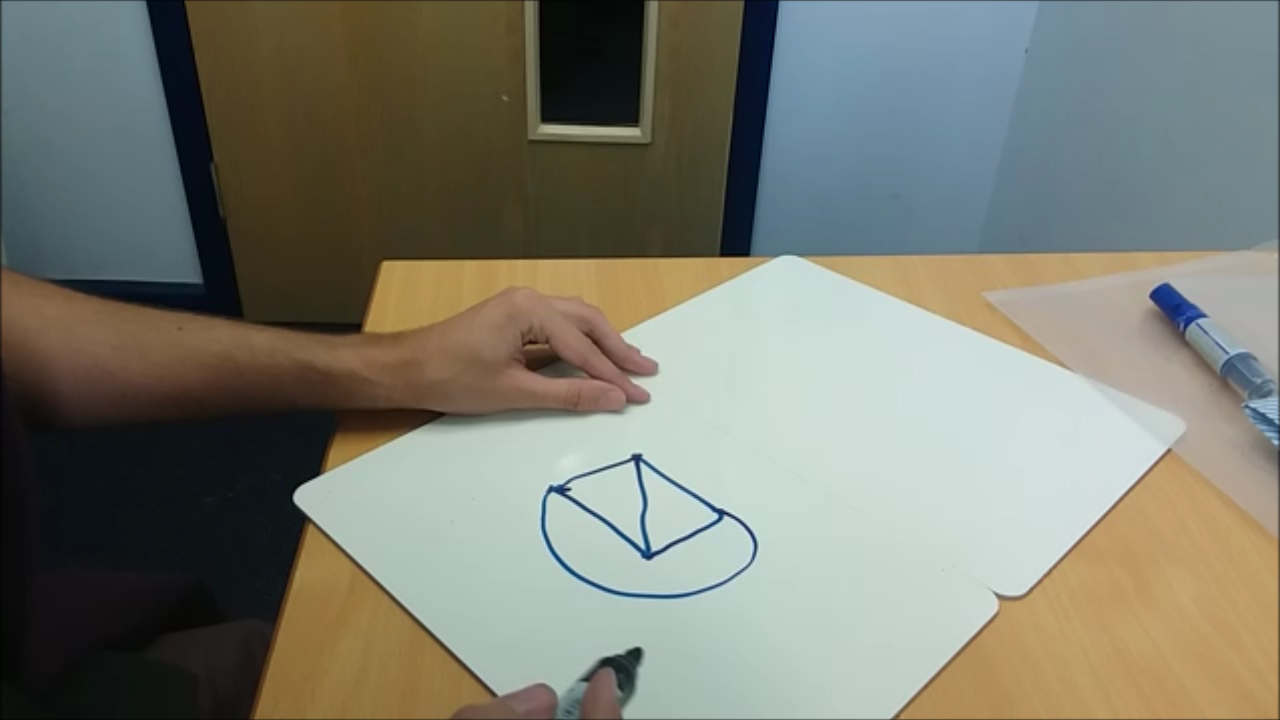The Tower Building
Similar to my article on the rise of elevators in New York, today I want to deal with a story of someone trying something new which changed the face of the Manhatten skyline. I found out about this story in the podcast 99% invisible by Roman Mars, which has quarter of an hour stories on some aspect of design and are universally amazing.
In 1878 the railroad engineer and part-time architect Bradford Gilbert was given a commission to design a building in a tiny space on Broadway. For the 21.5 foot gap, having the 6.5 foot thick masonry walls needed on either side to hold up the tall buildings of the time left prohibitively little room on each floor for putting actual rooms. Gilbert's idea was to use a steel framework extending past just the foundations up to the top of the building. Around this 9 inch skeleton, thin masonry could be constructed leaving the best part of 20 feet of space inside. This idea was based on the railway bridges Gilbert was used to, but turned to extend upwards rather than across.
Bradford Gilbert
The owner of the land, John Noble Stearns, a silk manufacturer, was told that it couldn't be done and every architect other than Gilbert was convinced that the tower would buckle in the first strong wind. Gilbert made several smaller models to convince himself and then designed his own office to be on the top floor of the building so that he would have the furthest to fall if it collapsed.
When the frame was up and the masonry was about half complete the first strong storm hit in 1889. Winds of over 80 MPH swept through the half completed building and crowds gathered to watch it fall. The papers had published reports by various rival architects blasting the city which had let this dangerous structure go up and they were convinced that it had been a reckless and foolhardy enterprise. Pushing through the crowds a man carrying a large bag approached the building and started climbing the framework. As he struggled on the upper layers bets were being made as to whether he would be blown off the building before it collapsed, or whether the integrity of the building was going to give in first.
At the top that man, who happened to be Bradford Gilbert himself, produced a length of rope and an iron weight from the bag. He tied one end to the weight and looped the other around a girder in the middle of the building before letting the weight hang through the empty gaps to the open floors below him. To the surprise of the crowds the weight hung motionless, with the frame of the building holding steadfast. The publicity stunt completed, Gilbert climbed down to the cheering crowds below.
The Tower Building fitting snuggly between its neighbours
After the incident steel frames in buildings became commonplace and all of the high rise skyscrapers in the following decades were built on Gilbert's method. The Tower Building itself was torn down in the 20th century for tax reasons.








